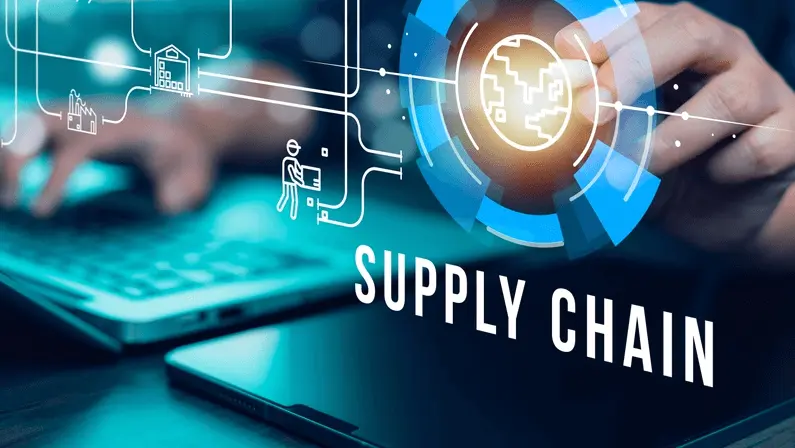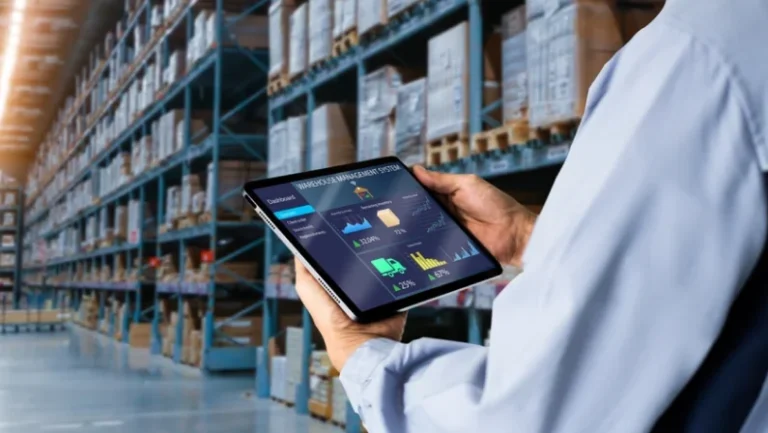Is your supply chain supporting the future you want to build?
Today’s supply chains carry not just products but also responsibility. As expectations shift across industries, organizations are asking harder questions about how their operations affect people, the planet, and long-term business outcomes.
A sustainable supply chain paired with an inclusive supply chain network delivers more than compliance. It supports long-term success, fosters equity, and aligns operations with purpose. Here’s how to build a system that reflects your values while strengthening performance.
Why Sustainability and Inclusion Matter in the Supply Chain

A modern supply chain strategy should account for more than efficiency and price. It should actively support environmental goals, social responsibility, and long-term viability.
Environmental Impact of Transportation, Production, and Waste
Traditional supply chains often generate excessive emissions, energy use, and material waste. Shifting to green logistics and responsible procurement helps lower environmental impact. This might include optimizing routes, reducing packaging, and sourcing locally whenever possible.
Social Impact: Fair Labor, Ethical Sourcing, and Community Development
Ethical sourcing means holding suppliers accountable for fair labor practices, safe working conditions, and equitable pay. It also includes partnering with businesses that reinvest in their local communities, especially those historically excluded from major contracts.
Risk Reduction and Long-Term Resilience
Disruptions from geopolitical instability, labor shortages, or climate events can ripple through unprepared supply chains. A more sustainable, inclusive approach improves supply chain sustainability, making it easier to adapt, respond, and recover.
Brand Reputation and Customer Loyalty
People want to support companies that align with their values. By building a supply chain that reflects integrity and care, you strengthen trust, improve retention, and build goodwill across all stakeholders.
Access to ESG Investment and Government Incentives
Many investors and public agencies now prioritize partners with strong environmental, social, and governance (ESG) performance. Companies that show commitment to sustainability and inclusion may qualify for grants, contracts, or funding opportunities designed to support forward-thinking business practices.
Core Principles of a Sustainable Supply Chain

Adopting sustainable inclusive supply chain practices is built on foundational values that shape every decision across your network.
Environmental Responsibility
Reduce emissions, energy consumption, and material waste at every stage—from procurement and production to packaging and shipping.
Ethical Labor and Human Rights
Require and verify fair labor practices across suppliers, ensuring safety, dignity, and equity in every workplace connected to your network.
Transparency and Traceability
Know where your materials come from and how they are handled. Track inputs across the supply chain so you can identify risks, act quickly, and report accurately.
Supplier Engagement and Accountability
Build long-term partnerships with suppliers who share your values. Set expectations, offer resources, and hold them accountable through audits and regular check-ins.
Circularity and Resource Efficiency
Design systems that reuse, recycle, or repurpose materials. Reducing reliance on virgin resources supports sustainability and lowers costs over time.
Local Sourcing and Reduced Footprint
Support nearby vendors and regional businesses to cut transportation emissions, shorten lead times, and reinvest in local economies.
Regulatory and ESG Compliance
Stay ahead of regulations by building systems that comply with environmental and labor standards, while aligning with emerging ESG frameworks.
Building an Inclusive Supply Chain
Creating an inclusive supply chain network is about intentional decisions that create access and opportunity across your vendor base.
What Is Supplier Diversity?
Supplier diversity means working with vendors owned by minorities, women, veterans, LGBTQ+ individuals, and other underrepresented groups. These partnerships can drive economic empowerment, bring new perspectives, and expand your supplier pool.
How to Foster Inclusion
Start by assessing your current vendor base and identifying gaps. Then:
- Set diversity goals
- Build outreach strategies
- Offer training or resources to small and emerging businesses
- Create a clear, fair onboarding process
Inclusion isn’t passive. It takes consistent work. The good news is that the benefits reach across your operations and into the communities you serve.
Steps to Building a Sustainable & Inclusive Network

You don’t need to overhaul your supply chain overnight. Start by making small, measurable changes that lead to lasting transformation.
Assess Your Current Supply Chain
Audit suppliers, logistics operations, and sourcing practices to understand current impacts—environmental, social, and financial.
Set Clear Goals and KPIs
Define what sustainability and inclusion mean for your business. Set specific, trackable goals around emissions reduction, supplier diversity, waste reduction, or ethical sourcing.
Engage and Educate Suppliers
Bring your partners along on the journey. Share expectations, provide guidance, and create space for collaboration, and not just compliance.
Use Technology for Transparency
Leverage digital tools to track shipments, verify sourcing claims, and monitor supplier performance in real time.
Continuously Monitor and Report
Make progress visible. Use regular reporting to highlight wins, uncover gaps, and keep stakeholders informed and engaged.
Strengthening Supply Chains Through Strategic Partnerships
A supply chain built on sustainability and inclusion doesn’t only support daily operations, but reinforces your organization’s long-term goals, resilience, and values. When supported by clear benchmarks, diverse vendor engagement, and transparent practices, your network becomes a competitive advantage.
LSI helps businesses integrate ESG priorities into our supply chain strategy through inclusive sourcing, risk mitigation, and funding alignment. From grant administration support to economic development consulting, our services are designed to help you build smarter, stronger operations.
To learn how LSI can support your goals, contact our team or explore LSI’s full suite of supply chain strategy services.





